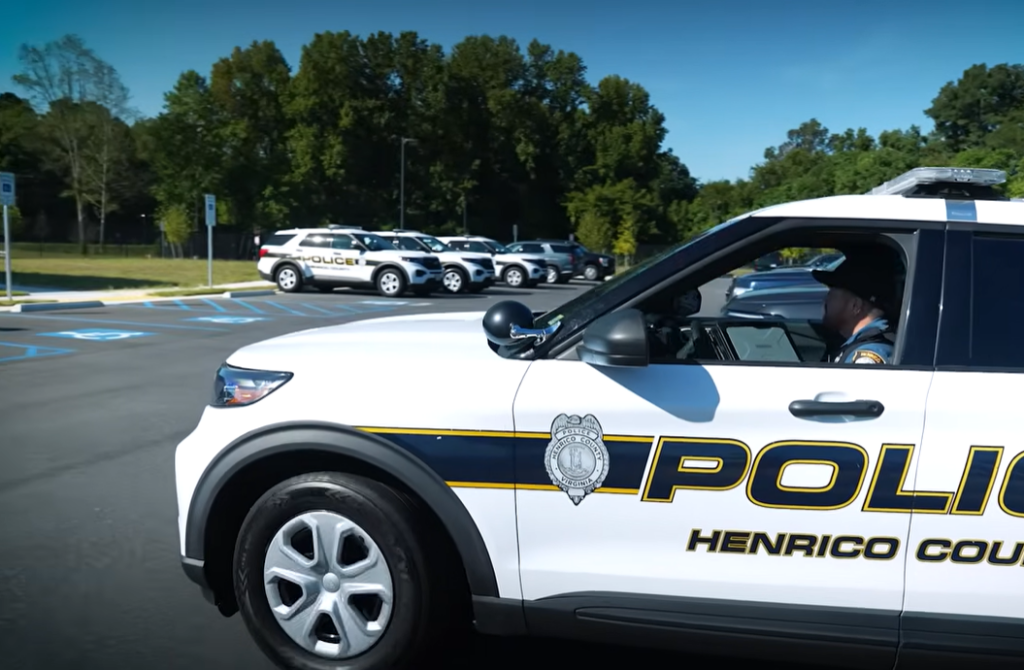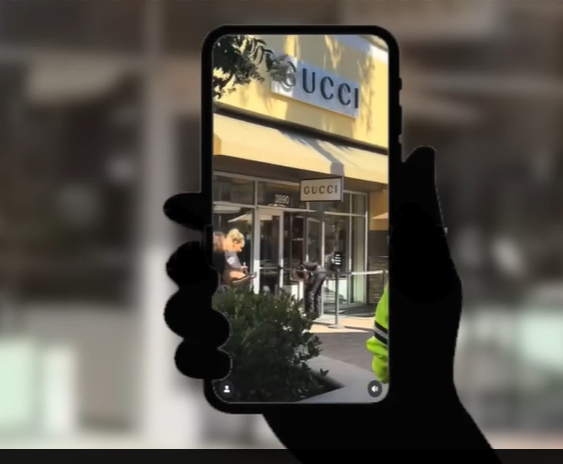We’re in the home stretch of 2025, and the upcoming holiday shopping season is poised to bring a spike in both revenues and losses to retailers. It’s nothing new. According to the National Retail Federation’s 2025 Impact of Retail Theft and Violence Report, acts of violence during thefts rose 17% year-over-year, and 67% of retailers reported transnational organized retail crime (ORC) activities. Perpetrators of ORC target this period to exploit high inventory, cash flow, and generous return policies, leading to more frequent and impactful losses.
To combat ORC this holiday season, retailers must take a proactive approach. By leveraging tools including training, technologies, and strategic partnerships with law enforcement, retailers can prepare to deter and defend against ORC heists. Here are three gifts retailers can give themselves to help reduce loss and safety risks this holiday season.
Ensure profitability instead of pillage
The holidays bring ORC criminals more bang for the buck, and due to the frenzied pace of retailing during this season, retail stores are often a softer target than at other times of the year. Thankfully, retailers can shore up security with a little advanced planning and effort.
1. Train new hires and temporary employees
When it comes to preparing for the holidays, retailers can be so focused on getting temporary hires up to speed on processes and procedures that they fail to provide training on safety and loss prevention. It’s a different world than it was a decade ago. Historically, hardened and violent criminals were involved in narcotics trading, prostitution, or other serious crimes. Drawn by the allure of higher payoffs, greater safety, and reduced likelihood of prosecution and jail time, hardened criminals are transitioning to retail crime. Keep in mind: many of these individuals have a hardened criminal mindset and are perfectly willing and able to carry weapons and use them. With these criminals in stores, it’s easy for a property crime to quickly escalate into a personal crime. For these reasons, education isn’t just about reducing shrinkage by teaching employees to identify the casual shoplifter; it also helps enhance safety by educating them on how events can escalate. Training is critical to safety and awareness.
- Deliver training on store policies designed for the safety of everyone.
- This may include rules regarding the pursuit of criminals, protocols for responding to an armed thief in the store, and/or guidance on emergency call buttons or other safety equipment.
- Teach employees to recognize suspicious activity.
- Guide them on noticing and documenting details that could be helpful to law enforcement in case of an incident in the store.
2. Deploy trackers embedded with location technologies
Technologies available and applied to crime reduction have matured over the last few years. Cellular, GPS, Wi-Fi, and RF (Radio Frequency) all offer some ability for law enforcement to pursue and prosecute criminals. Each comes with its own strengths and unique value.
- Cellular — Cellular is an effective tool for evaluating the general area in which a criminal is operating. It pinpoints the location in a larger area and is effective for tracking movement.
- GPS — GPS is the gold standard in location technologies, providing ultra-detailed location information within feet, even in urban canyon areas.
- RF — RF is both simple and reliable. It emits a signal that allows law enforcement to quickly detect stolen goods with a receiver, even in difficult settings such as high-rise buildings, large warehouses, or situations with multiple suspects. RF technology frequently serves as the basis for establishing probable cause to justify a search warrant to recover stolen property.
- Wi-Fi — Now that Wi-Fi is everywhere, it has become an immensely useful tool because it can provide insight into the parties involved and their areas of operation, in addition to locating the stolen merchandise. Wi-Fi provides a network of information, pinpointing vehicles with Wi-Fi, mobile hotspots registered to specific mobile phones, and Wi-Fi in buildings where criminals operate.
Recognizing the value of each of these different technologies, Covert by 3Si’s solutions leverage all four of these technologies, allowing them to offer both general and specific location information. This also serves to offer redundancy in case of an outage related to one kind of location technology.
Most importantly, this entire technology stack works directly through DirectToDispatch™, which quickly delivers real-time intelligence to law enforcement during any critical event, not just ORC incidents. If an associate presses an emergency button, reports a threatening individual, or identifies a weapon, DirectToDispatch™ delivers verified location data, store-level details, and video/audio multimedia that helps officers understand what they are walking into. This expands the value of embedded tracking from loss prevention to life-safety support, providing first responders with clearer context and helping retailers protect employees and customers during unpredictable in-store emergencies.
Tracking devices provide data that is both tactically useful and compelling in a court of law. Trackers drive the prosecution of criminals and the recovery of stolen merchandise. Again and again, we’ve seen this technology pay off for retailers, making it an excellent investment in the war against ORC.
3. Partner with law enforcement
Partnerships with law enforcement are the best way to help combat global ORC. Without information, it’s virtually impossible to have a meaningful impact in the fight against ORC. In case of an incident, detailed information such as physical descriptions, license plate numbers, time of the incident, and a step-by-step account of activities can arm law enforcement with critical data to crack the case safely. Retailers who send video and other content of the incident deliver invaluable insight. Partnership with law enforcement involves real-time collaboration, providing insight as police work to recover merchandise and build prosecutable cases. That’s why 3Si’s DirectToDispatch service is a proven industry standard. It started over 21 years ago with real-time tracking data to law enforcement the moment a crime was detected, offering quick and accurate information needed to stop a crime in progress. To date, it has helped law enforcement arrest over 21,000 felons.
DirectToDispatch™ strengthens response during ORC incidents by giving law enforcement immediate, verified information and a clear timeline of events. The platform supports stronger prosecution by providing detailed movement history, time-stamped data, and supplemental multimedia evidence that helps investigators build cases. By combining multi-layered sensors or signals with real-time communication, DirectToDispatch™ helps police recover merchandise faster and with greater accuracy.
Take time this holiday season to evaluate and shore up your efforts to thwart organized retail crime in your store. Together, retailers can work together to have a greater impact on halting ORC and wrap up a safer, more profitable holiday season.
About the author:
Jason Daughrity Bureau Chief at 3Si. With more than 31 years of law enforcement experience from the California Highway Patrol, Jason now supports agencies across the northern U.S. in adopting DTD GPS tracking technology and maximizing its investigative and crime-fighting benefits to continue his fight against organized retail crime (ORC).
Learn more:
See how our ORC Trackers stop retail theft.
Explore the capabilities of DirectToDispatch™.
Discover who we are at 3Si.








